Blog
Water shortages affirmed amid coronavirus pandemic
Hand washing in India is a luxury and Mexicans must use bottled water for hygiene.
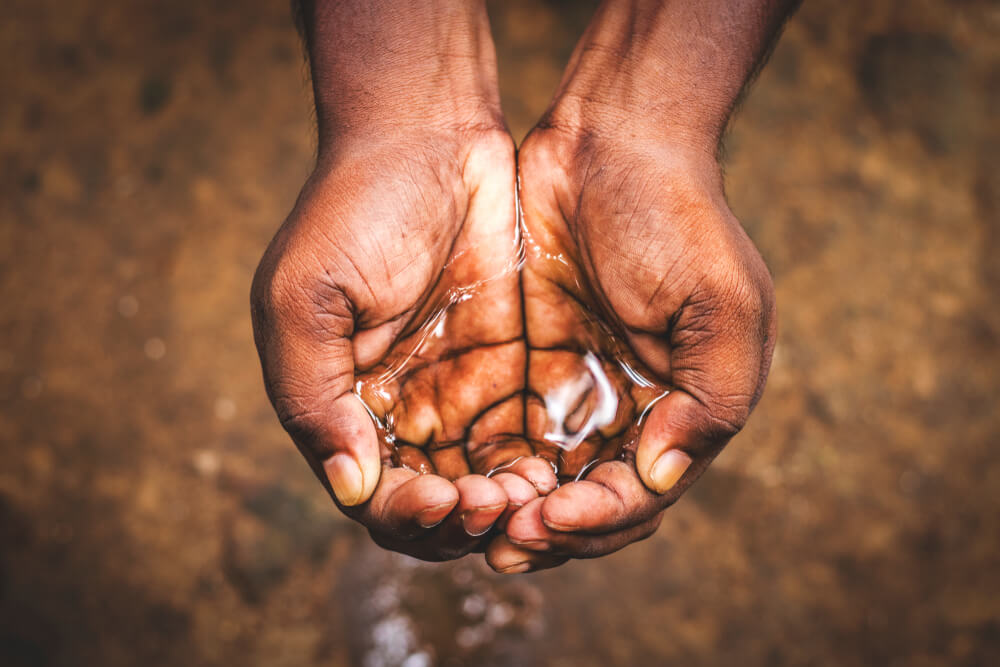
At the end of March, India’s water ministry urged to wash hands at least for 20 seconds with water and soap repeatedly throughout the day to stop the virus from spreading. But the problem is many Indians face water scarcity.
India has a population of over 1.3 billion people but only a fifth of them have piped running water. People from the countryside have worse conditions than the urban population.
While 60% of urban households do not have piped running water, when it comes to rural households, it’s 82% (=146 million households). Therefore, the water in some districts is delivered by government water tank trucks with a maximum of 25 liters of water per person - enough for COVID-19 hand washing - but only if the people use water for nothing else (cooking, drinking, watering the livestock).
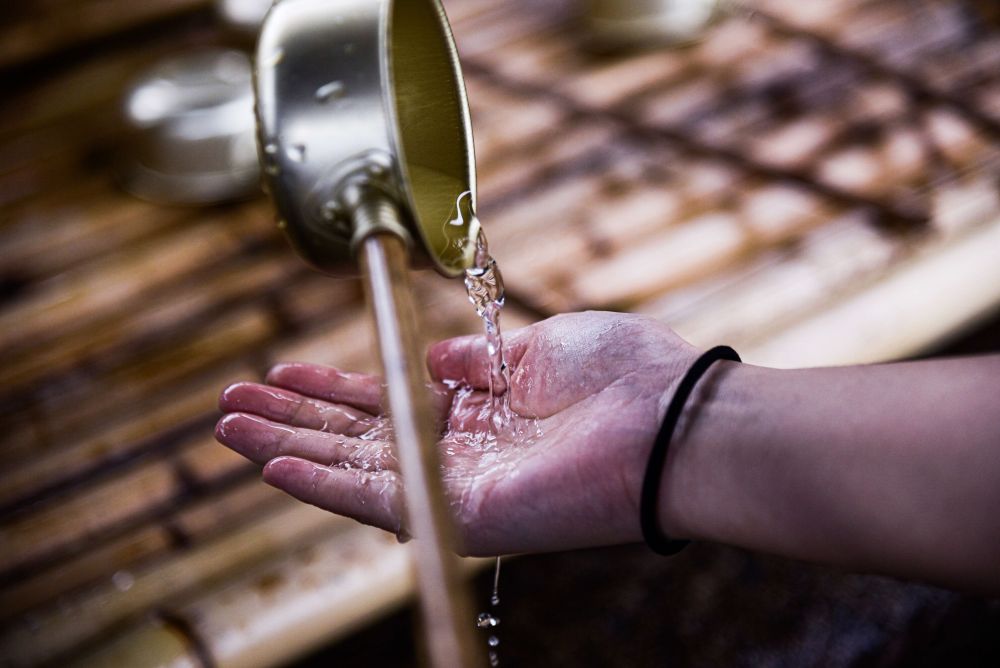
There are more reasons behind the water shortages. First of all, it's the lack of infrastructure.
When the city of Chennai experienced prolonged drought last year, Prime Minister Narendra Modi promised to provide piped water to every rural household, at the rate of 55 liters of water per person per day, by 2024.
The COVID-19 pandemic showed the importance of Prime Minister Modi delivering on his promise as soon as possible.
Said droughts are also a concern for India. This year, even before summer, almost 33 percent of India is already experiencing droughts.
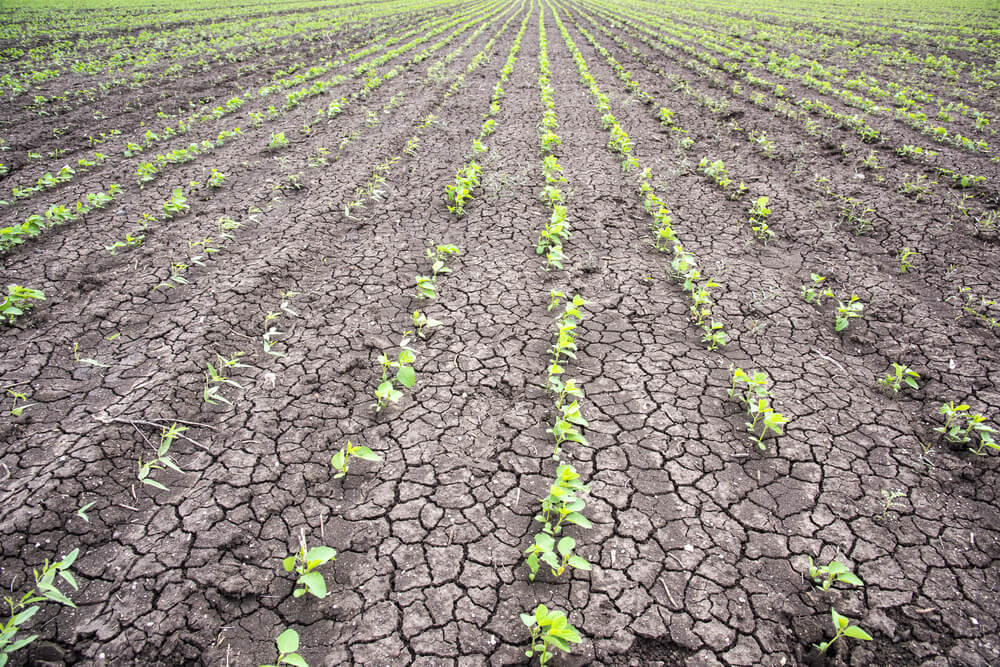 Chennai suffered a huge drought last year.
Chennai suffered a huge drought last year.
These districts are likely to run out of water. Even if there is some left, there are other pitfalls since the World Bank report says that some of Indian districts are threatened by groundwater contamination.
Last, but not least, the problem is inequality in India. Caste politics determines the water delivery. Upper-caste people have and control most of the water while village colonies have one tap for 400 people.
Poorer Mexicans and bottled water
“With the water shortage, they’re saying wash your hands. But how?“ said Erika Casasola, a resident of the working-class borough of Iztapalapa on the edge of Mexico City.
Now she is using more water than usually to reduce the risk of the COVID-19 infection.
The locals have to walk to get the water that is distributed by water truck. So, they take large plastic barrels and line up.
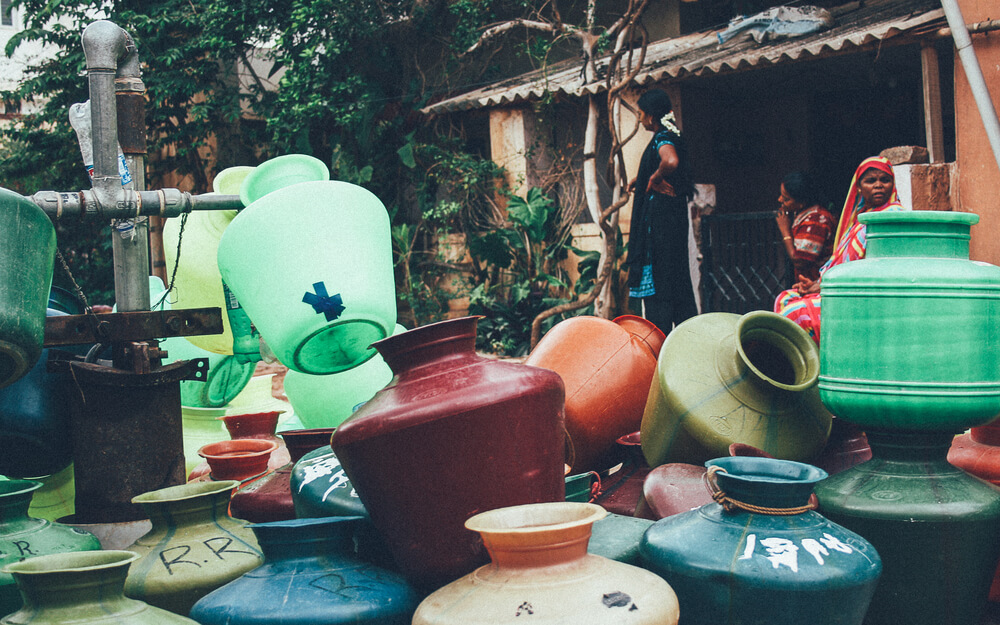
A spokesman for Iztapalapa said lack of drinking water was a historic problem. Many residents depend on the free water delivery.
Unfortunately, homes receive water only two or fewer times a week. The city of Ecatepec has water delivered only once every eight days.
“We recycle water for the bathroom, to clean the dishes, and water the plants. I try to save some until the truck comes. We have little to no water,” said Adriana Valencia who lives in Ecatepec.
The piped households have yellow and murky water, underlining the clean water scarcity.
Furthermore, residents, many of whom are out of work and short of cash, must often buy bottled water. With irregular water supplies and dirty tap water, they have no other choice than to buy bottled water for personal hygiene.
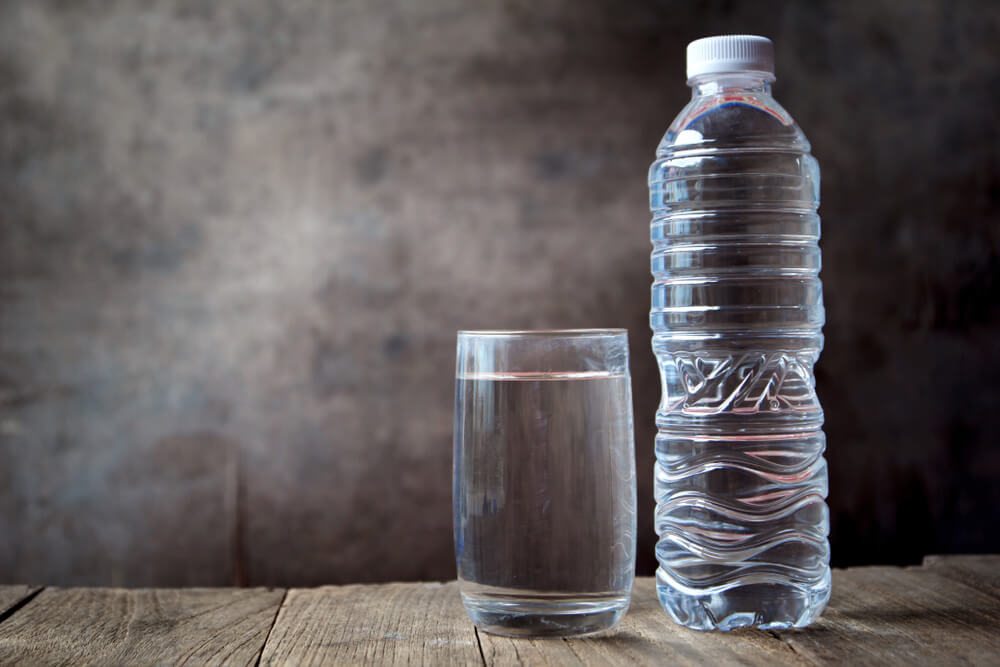
Corporate initiative
We need water for more than just personal use. It’s also essential for the global economy and corporations, especially those active in the food industry or agriculture.
After the pandemic broke out, Coca-Cola said that water scarcity could disrupt production of its iconic soda while water shortages pose a real threat to Nestlé and Kraft Hainz, too.
Arizona has also experienced water stress with extended drought. The problem is even more alarming since almost half of the water consumed by Arizona’s agricultural sector is supplied from the sole source, i.e. the Colorado River.
If the situation continues, the river might dry out completely.
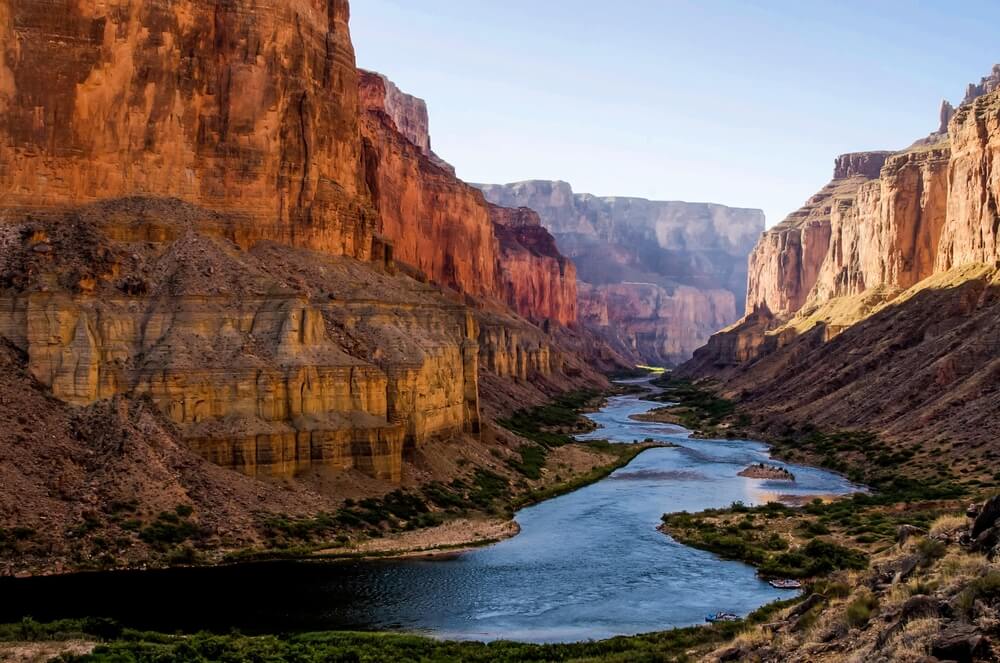
Dried Colorado River would pose a huge threat to agriculture and industry in Arizona.
Bruno Sarda from CDP North America non-profit organization reminds private companies that water sources are limited. And since having clean water is in their interest too, they should contribute to water conservation and prevent pollution.
Corporations must conduct their business without damaging water reserves, discharging chemicals into rivers, and, ideally, take care of proper wastewater treatment.
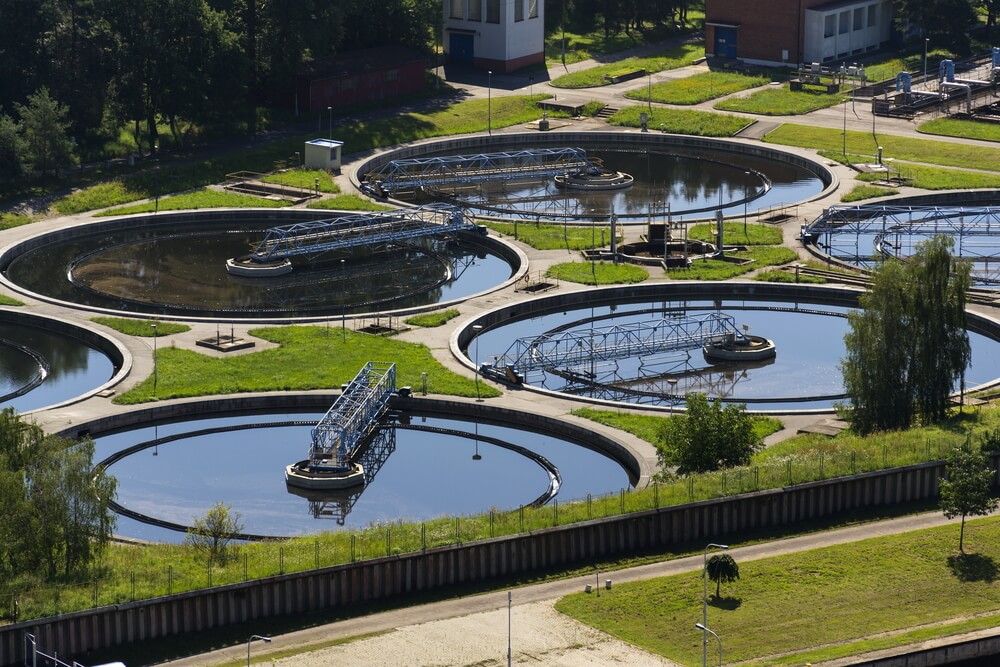
View on WWTP tanks.
By ignoring the contamination and water scarcity, they endanger themselves and the population all around the globe.
If you care about water reserves and need wastewater treatment at your company, contact our experts.
More articles
How to solve the problem of overloaded or non-functional sedimentation tank
Project of installing a second settling tank was completed by Hydrotech for our brewing partner in the Czech Republic. Since beer is a popular...
Design of a highly loaded sedimentation tank in the paper industry
This project, which was preceded by not simple sedimentation tests, gradually reaches the shape of the project documentation. It is concerning a...
Less flooding and more efficient agriculture: how water harvesting helps Kenya
Growing population, unpredictable weather and poorer soil quality: these are some of the causes why Kenya struggles with water shortages.
